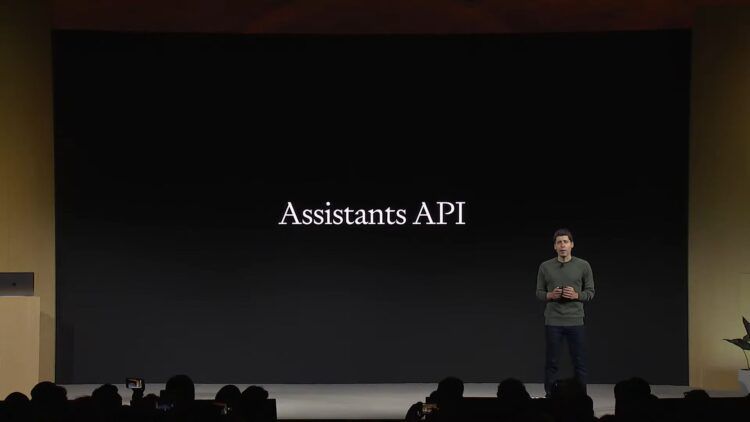The introduction of the OpenAI Assistants API at Developer Day is a big step forward in giving developers the ability to build experiences that feel more like interacting with a real agent in their apps. This API lets OpenAI’s users create their own customized “assistant” with specific instructions, tapping into a wide range of knowledge.
What’s more, it equips these assistants with access to OpenAI’s suite of generative AI models and tools for tackling various tasks. The potential uses for this API are wide-ranging, from providing a natural language interface for data analysis to aiding in coding, or even offering an AI-driven vacation planning service.
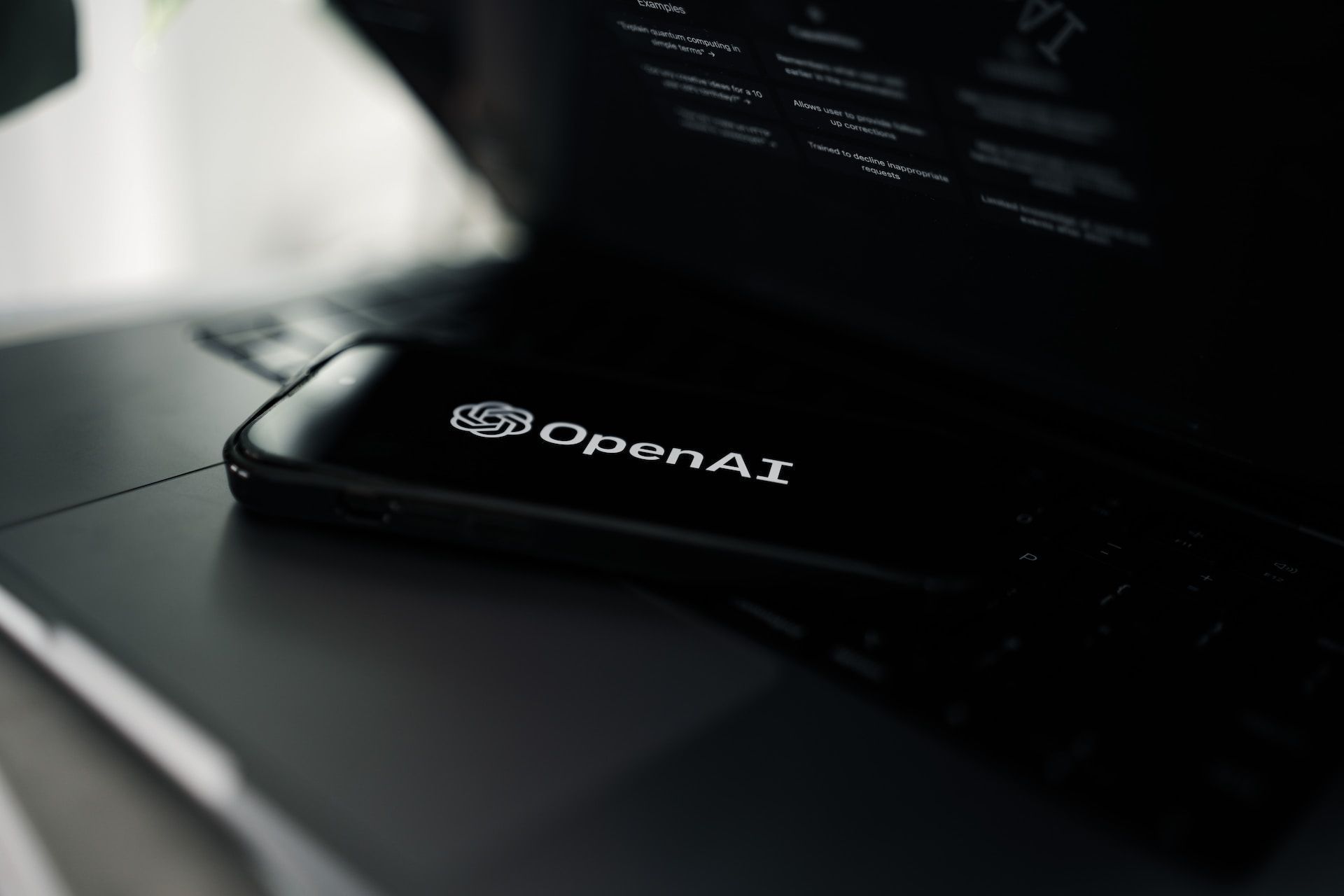
How exactly does OpenAI Assistants API work?
The heart of the OpenAI Assistants API is the Code Interpreter, a powerful tool by OpenAI built to write and run Python code in a safe and controlled setting. Introduced back in March for ChatGPT, the Code Interpreter boasts a wide range of capabilities—it’s not just about generating visual graphs and charts, but also adept at managing file operations. This upgrade allows the assistants created using the OpenAI Assistants API to run code in an iterative manner, offering solutions for coding and mathematical challenges.
The OpenAI Assistants API is crafted to be a flexible tool for developers, with the ability to seamlessly incorporate external sources of information like product specifications or exclusive documents into the assistants they create.
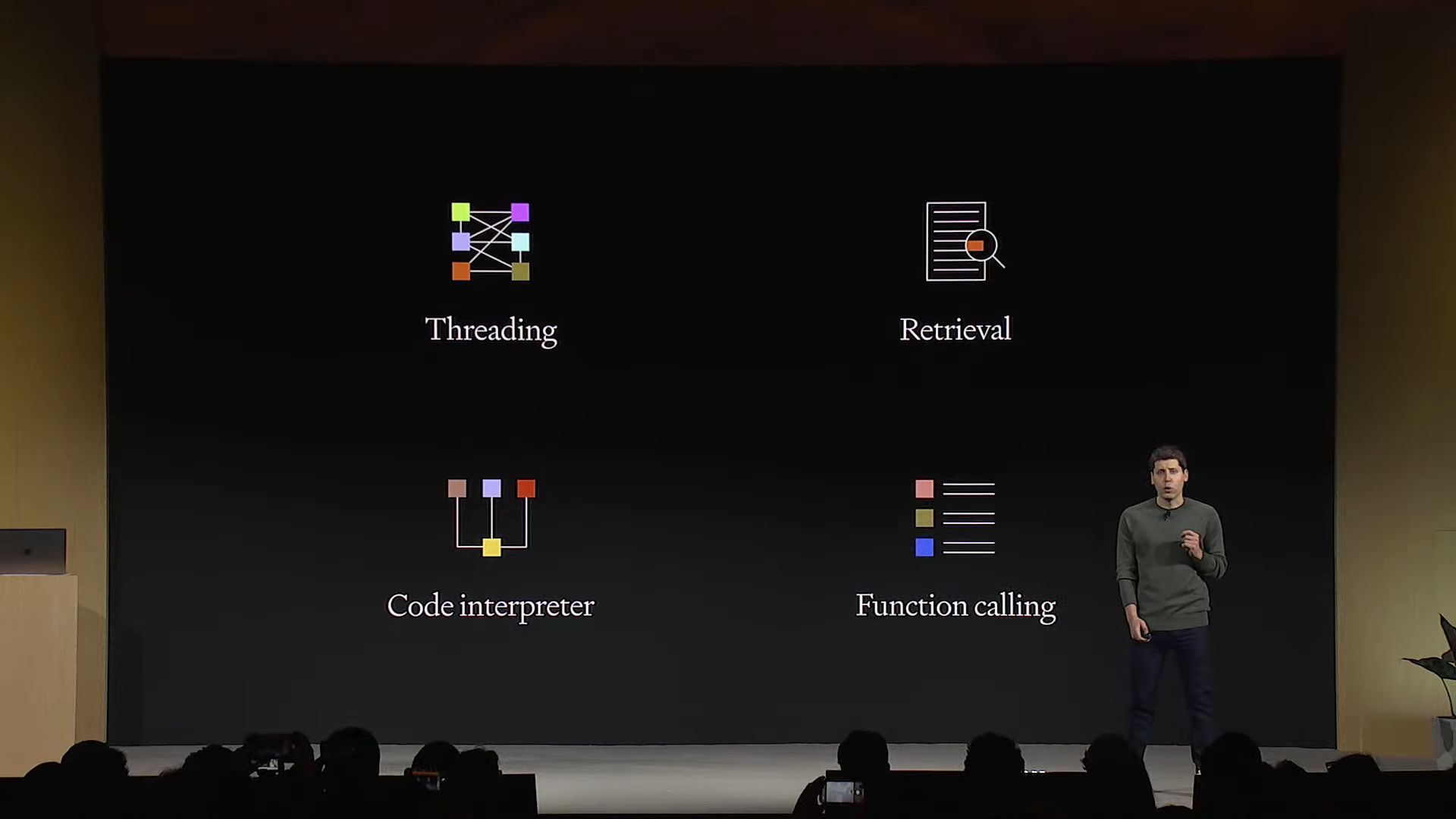
The OpenAI Assistants API achieves this by incorporating a retrieval component that enhances the assistants with information beyond what’s available in OpenAI’s own models. Additionally, the API enables function calling, allowing these assistants to execute pre-defined programming functions and seamlessly integrate the results into their interactions.
Currently in its beta phase, the Assistants API is now open to all developers. Usage is calculated and billed based on the per-token rates of the selected model, where a “token” is defined as a segment of text, like breaking down the word “fantastic” into “fan,” “tas,” and “tic.”
OpenAI’s Assistants API has become a game-changer for developers, making it easier to integrate GPT-like functionalities into applications and services. This leap forward is exemplified by the recent introduction of the Code Interpreter API. It’s designed to streamline the development process, which previously could take months and require extensive teams. The Assistants API equips developers with powerful capabilities like code interpretation, data retrieval, and function calling.
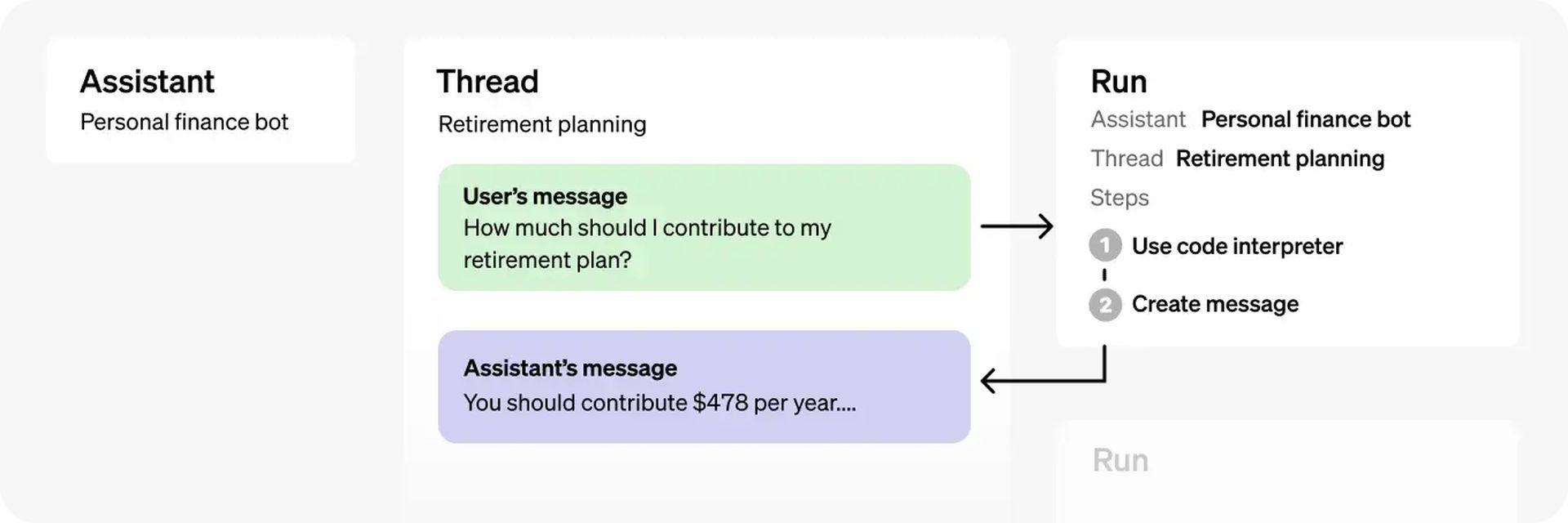
Advancing AI development with long threads and data safety
The Assistants API takes AI development a step further with the introduction of persistent and infinitely long threads. This makes it easier for developers by handling thread states, allowing them to focus on creating applications that are nuanced and context-aware. OpenAI places a strong emphasis on data safety, assuring that data processed by the API is not used to train their models, giving developers the confidence to manage their data independently.
While the API is still in beta, it’s open to all developers eager to explore its potential. OpenAI’s dedication to flexibility and developer control is clear as they look towards the future, with plans to enable the integration of custom tools that can work alongside its existing features.
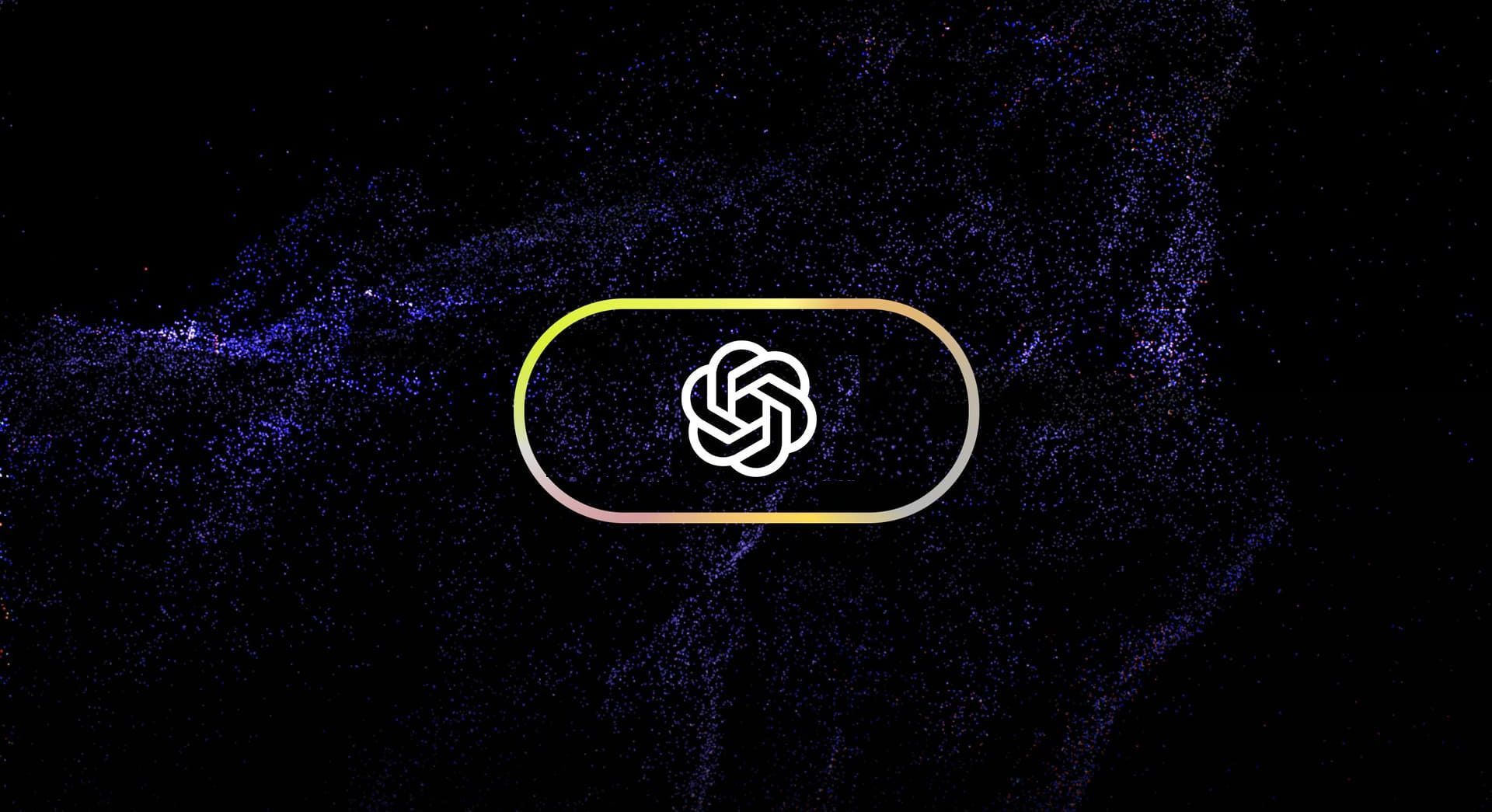
In the upcoming developments, OpenAI aims to enhance the customization capabilities of its platform. This means customers will have the ability to incorporate their own tools into the framework provided by the Assistants API, complementing existing features like the Code Interpreter, the retrieval component, and function calling abilities. Apparently, OpenAI is going to be paving the way for even more versatile and tailored applications in the foreseeable future.
Meanwhile, if you are interested in the introductions that OpenAI made during their Developer Day, make sure to check out our articles on GPT-4 Turbo, better GPT for a lower price and Custom GPTs, GPTstore, and GPT builder.
Featured image credit: OpenAI

